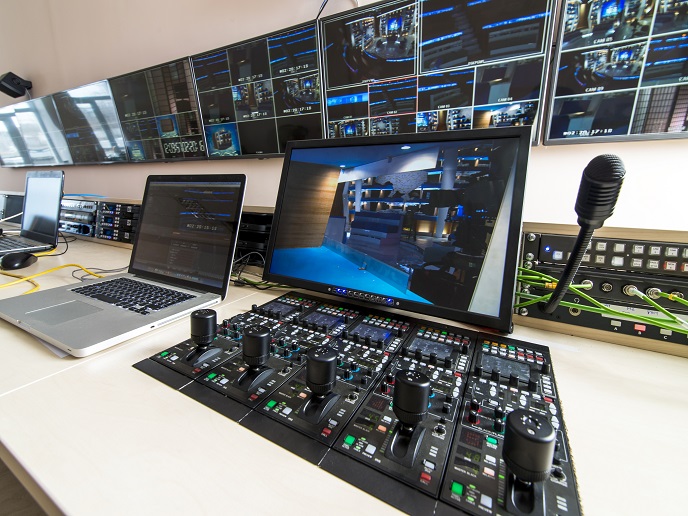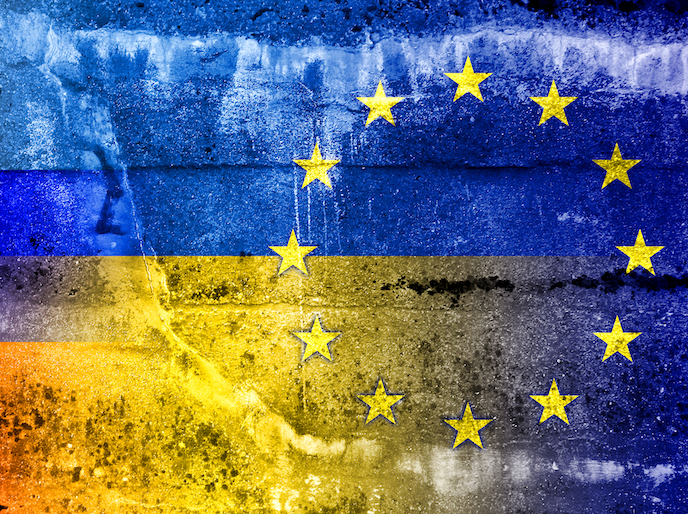Is that news video fake?
Today, most people carry high-quality video cameras with them at all times, and can immediately distribute their movies via social media. In addition, skilful people can create false videos in support of ‘fake news’. Either way, such videos have the potential to reach millions of people instantly. The problem for news agencies is separating newsworthy amateur video from the faked variety. Legitimate news agencies achieve their legitimacy partly by thoroughly checking sources. Yet, doing so is very time-consuming, especially in the case of amateur video; journalists also work to ever-tightening deadlines. Powerful analysis tools The EU-funded InVID(opens in new window) project developed a set of four software tools that help journalists legitimise amateur video and social media content. The tools enable social media filtering, video analysis and forensics, as well as digital rights management, in addition to other features. “Journalists are still responsible for verifying content,” says Dr Vasileios Mezaris, project coordinator, “however, they tell us that the task is much faster using our tools.” First of these is the InVID analytics dashboard, which identifies and tracks evolving stories across multiple social media platforms. A second, called the InVID plugin, is a verification Swiss Army knife plug-in for web browsers that helps journalists save time. This is the project’s most popular tool, with more than 12 000 users as of 2019. The plug-in presents a set of functionalities that each help with assessment of video authenticity. For example, the tool can isolate key video frames and search the web for anything similar. “This alone can debunk a good portion of the fakes out there,” adds Dr Mezaris, “as one easy and popular way of supporting your false story is to simply download an older but sensational video from the web, and then claim that the event just happened before your eyes.” The verification plug-in has six other main functions, including video contextual verification, and image forensics. Other tools include the InVID verification application, which is more complete and powerful compared to the plug-in. The software is able to meet journalists’ most demanding professional needs. Finally, the InVID mobile phone app enables media organisations to create a network of users trusted to record and submit videos of breaking events. The videos are enriched with metadata features that ensure their veracity. Strengthening journalism One challenge, according to Dr Mezaris, was the interdisciplinary nature of the project: computer scientists and journalists working together. Fortunately, he notes, the previous collaborations of several consortium members helped smooth out any conflict, as did good interpersonal communication. The team continues development of the tools’ underlying technologies and adapting them for solving new problems. The project is also moving towards commercialisation of certain applications. This will ensure the tools’ long-term availability and financial support, further aiding their development. InVID project outcomes and software benefit journalism by helping journalists do their jobs more quickly and easily. The tools help to protect the public from disinformation and manipulation, while also smoothly allowing authenticated content through. As a result, journalism and democracy will both be stronger.







